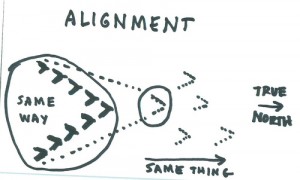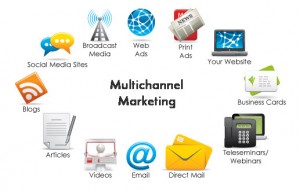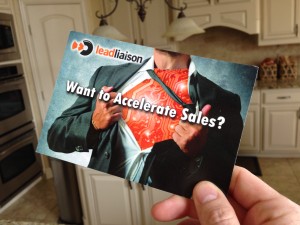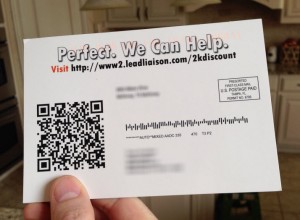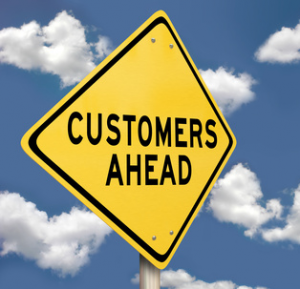You’ve Got Visitor Tracking Going – Now What?
![]() So you’ve been using marketing automation tools to engage in visitor tracking for your business and you have all the data you could ever hope for. What’s next?
So you’ve been using marketing automation tools to engage in visitor tracking for your business and you have all the data you could ever hope for. What’s next?
Visitor tracking isn’t something all businesses are doing, but they should be. The in-depth information provided by the knowledge of who is visiting your site, how long they stick around and what they’re clicking on can provide advanced intelligence data you never thought possible. We’ve already established how great it is to have this info – but what do you do once the data starts coming in? How can you make the right decisions for your business based on the data you’re seeing?
All the Articles
When users engage with business websites, many of them determine the service value of the company they’re researching based on what kind of content or information the business provides. You may look at visitor tracking data and find that users are clicking on or paying attention to certain blogs as opposed to other areas of content. Maybe more visitors are finding your blog entries or other content via entry from Google. What does this tell us about the way you can use this information in future marketing efforts?
First, if users tend to engage with certain content and you don’t have a sign up box somewhere on your page, you’re missing a valuable opportunity to get users into your information funnel. Promising similar content to the kind that’s really engaging users is a great way to grab email addresses and get your customers that much closer to a sale.
You can also use this as an opportunity to get users further engaged with your website. Info blocks that promise similar content if a user clicks on a story can be really helpful in getting users to spend a fair amount of time on your website, therefore seeing you as a trusted content source.
What About Advanced Visitor Tracking?
When you’re able to log individual users based on identifying information such as an IP address, you can use this information to tailor your content to what that user wants to see – or to have an agent chat with them in a way that can better capture a sale. There’s no shame in preventing your value proposition in a way that gets you closer to a sale, specifically if you know which individual user your sales staff is talking to.
Lead Liaison offers advanced visitor tracking via its marketing automation services. Talk to us today and discover which marketing automation opportunities will best serve your business!

